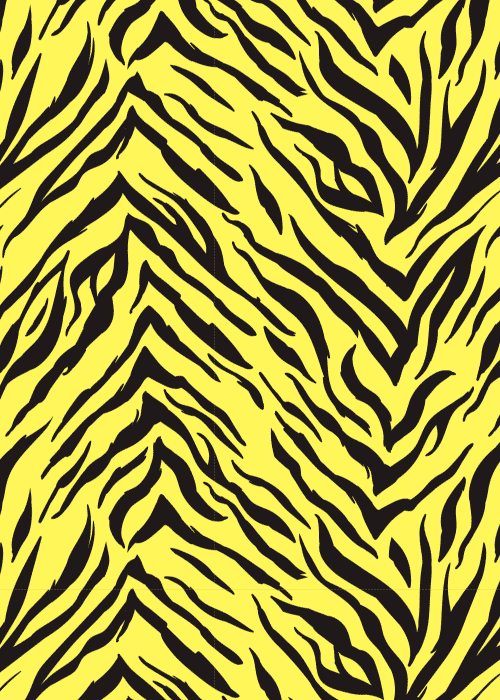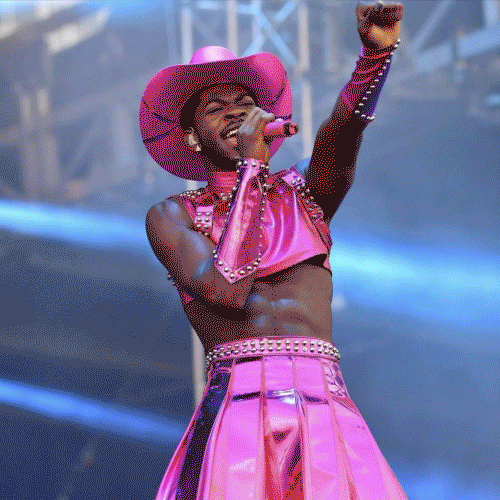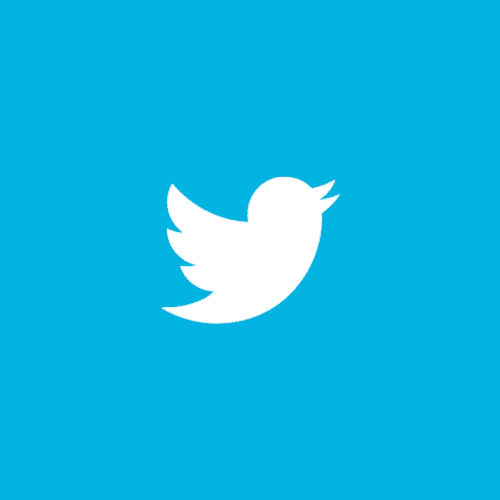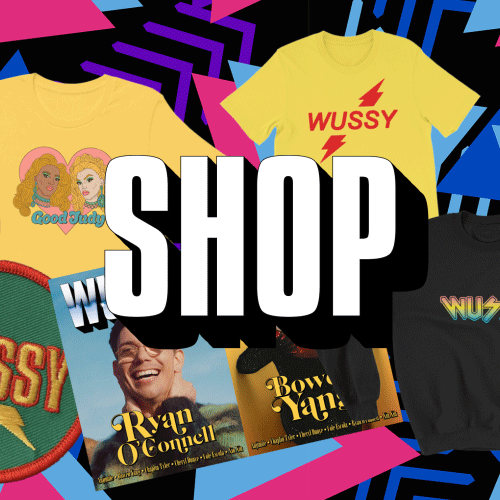FX’s Pride is an Authentically Queer Document of Community and Resistance
CECE MCDONALD IN PRIDE “1980S: “2000S: Y2GAY” EPISODE 6. PHOTO CREDIT: FX.
Ahh, June. The magical month that comes but once a year! Originally meant to honor the rebellion of our elders at the Stonewall Inn in 1969, Pride month has evolved into another kind of spectacle. For many of us, the experience comes and goes in a very drunk whirlwind of glitter and mostly white, gay men in latex booty shorts. It’s kinda fun… But as the years pass and Pride dips its toe ever deeper into the pool of unfettered capitalism, I can’t help but wonder: can true liberation be found at the bottom of a rainbow Coca-Cola bottle?
FX’s Pride—the just-in-time-for-pride-month, major network show—could easily have fallen prey to the lure of a superficial corporate monolith. Thus far, the mainstreaming of queer culture has, more often than not, resulted in reductive and one-dimensional representation. Thankfully, Pride evades such classification and instead presents a surprisingly conceptual exploration of LGBTQ+ liberation in the U.S. from the 1950’s to now. This is no doubt due to the fact that it is directed by a diverse group of seven queer, trans, and non-binary filmmakers. The result is, dare I say… artistique.
Pride is composed of six, hour-long episodes, each assigned its own historical decade and director(s). Beginning in the 1950’s and ending up in the 2000’s, each episode acts as a standalone documentary and is unique in its visual style and narrative approach. In episode two, for example, Andrew Ahn utilizes animation to showcase the story of civil rights icon Bayard Rustin. Conversely, in her piece on the 1970’s, filmmaker Cheryl Dunye integrates a more personal storyline, focusing on figures who inspired her own life and work. Later, in episode four, directors Anthony Caronna and Alex Smith rely on the home footage of another pioneer of queer film, Nelson Sullivan, to capture the beginning of the AIDS epidemic in the 80’s.
The concept of the series being an amalgam of multiple directorial perspectives is hard to follow at first. The individual episodes feel like deeply personal explorations by the filmmakers; which doesn’t necessarily lend itself to an easy to follow, prime time television show. But this is kind of what makes Pride so great—it doesn’t bow to the whims of a, perhaps more conservative, commercial audience. Pride succeeds where other docu-series like it have failed in that it is distinctly queer. Which is to say, it is subversive by nature. Instead of presenting a singular artistic vision or a clearly defined, chronological account of historical events; it defies norms by opting for a more collaborative and kaleidoscopic view of the people and places who defined important eras in LGBTQ+ history.
The beauty of this approach is that certain lesser known heroes of LGBTQ+ history finally get their moment in the sun—namely trans men and women. One such hero is Christine Jorgensen, who became famous as the first transgender American to (publicly) medically transition in the 1950’s. In Yance Ford’s episode on the 1990's, viewers are given another perspective of ballroom culture that centers on trans men and highlights actor Marquise Vilson Balenciaga. The series culminates in a final episode by Ro Haber, spanning the entirety of the 2000’s up to the Trans Liberation March of 2020. The series ends on a poignant note, with trans activists Ceyenne Doroshow and Raquel Willis reminding us that no one is truly free until everyone is free.
What’s even more important than the level of inclusion and visibility offered by Pride, is the way that LGBTQ+ experiences themselves are presented. When looking back at LGBTQ+ history, the main take away is usually that “gay equals suffering.” We become so used to seeing all the anger and despair, that we forget, beneath it all, queer and trans people still found happiness. This is the ethos of Pride: to show LGBTQ+ people not just surviving, but thriving, making art, and liberating ourselves. Not a rainbow Coca-Cola in sight. From the secret gay and lesbian parties of the Cold War era, to the vibrant nightlife that underscored the AIDS crisis in New York, to 15,000 people marching for trans rights in the middle of a global pandemic—the series spotlights the complexity, diversity, and beauty of queer and trans history. Pride serves as an important reminder to the LGBTQ+ community that the thing that connects us all, across time and space, is not just our shared pain, but our shared joy.
—
Megan Murdie is an Atlanta-bred writer living in Amsterdam. She is trying (and failing) to avoid Instagram @meganmurdie.
Archive
- September 2025
- August 2025
- May 2025
- February 2025
- November 2024
- October 2024
- September 2024
- August 2024
- July 2024
- June 2024
- May 2024
- April 2024
- October 2023
- July 2023
- June 2023
- May 2023
- April 2023
- March 2023
- February 2023
- June 2022
- April 2022
- March 2022
- January 2022
- December 2021
- October 2021
- September 2021
- August 2021
- July 2021
- June 2021
- May 2021
- April 2021
- March 2021
- February 2021
- January 2021
- December 2020
- October 2020
- September 2020
- August 2020
- July 2020
- June 2020
- May 2020
- April 2020
- March 2020
- February 2020
- January 2020
- December 2019
- November 2019
- October 2019
- September 2019
- August 2019
- July 2019
- June 2019
- May 2019
- April 2019
- March 2019
- February 2019
- January 2019
- December 2018
- November 2018
- October 2018
- September 2018
- August 2018
- July 2018
- June 2018
- May 2018
- April 2018
- March 2018
- February 2018
- January 2018
- December 2017
- November 2017
- October 2017
- September 2017
- August 2017
- July 2017
- June 2017
- May 2017
- April 2017
- March 2017
- February 2017
- January 2017
- December 2015
- November 2015
- October 2015
- September 2015
- August 2015
- July 2015
- June 2015
- May 2015
- April 2015









